Margaret Howard
Introduction
Text-to-speech Audio
The story of the Howard Collection is really the tale of two people who developed a love of Asian art that was to last a lifetime...
A woman ahead of her time…Margaret Hare was born in 1866, one year after the end of the Civil War. Fate took her to Hawaii where she met and married Walter Howard. In the early 1900s, Walter and Margaret began taking trips to Asia and collecting the art which was to become our Howard Collection. They moved to Long Beach in 1912 and opened the Oriental Palace on Ocean Boulevard, where they sold their art objects and displayed one of the best collections of Asian art west of Chicago...
At her death, Margaret’s wish was to keep the collection intact and to “give pleasure to people interested in such matters.” Today Assistance League of Long Beach honors her wish and carefully cares for the collection, sharing it with adults and seventh grade students studying Asian history and culture...
Be sure to click on the images to open the slide show and see the full-sized photos...
Images
A woman ahead of her time...
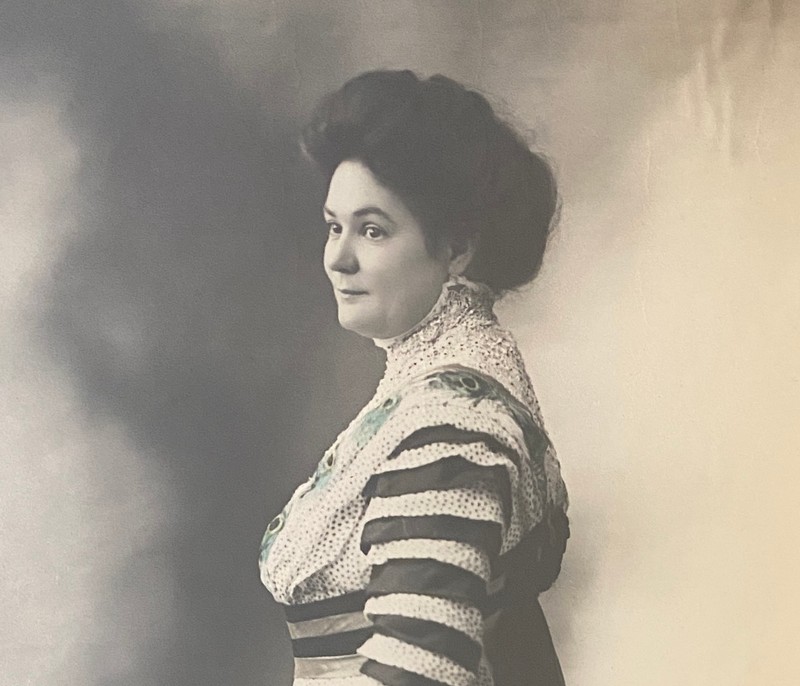
Margaret Howard in her peacock feather dress
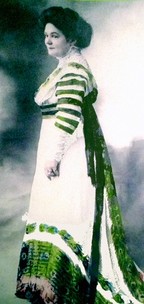
Margaret Hare 1899
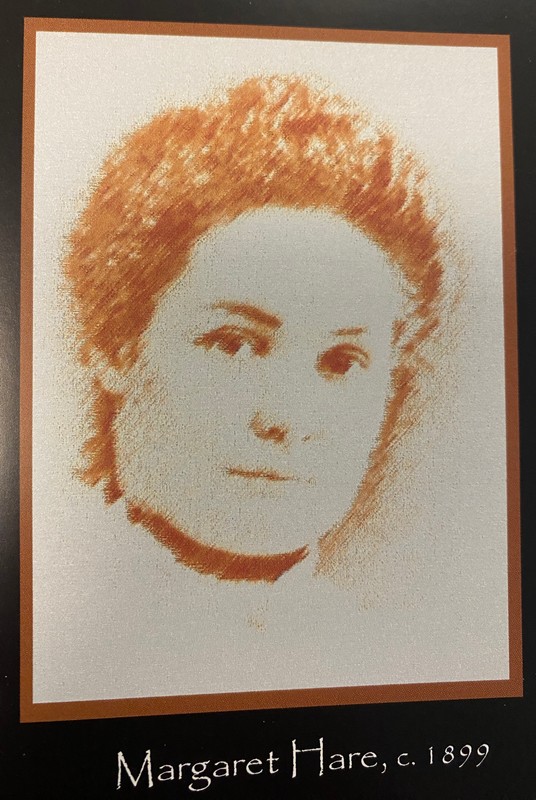
Walter Lincoln Howard 1899
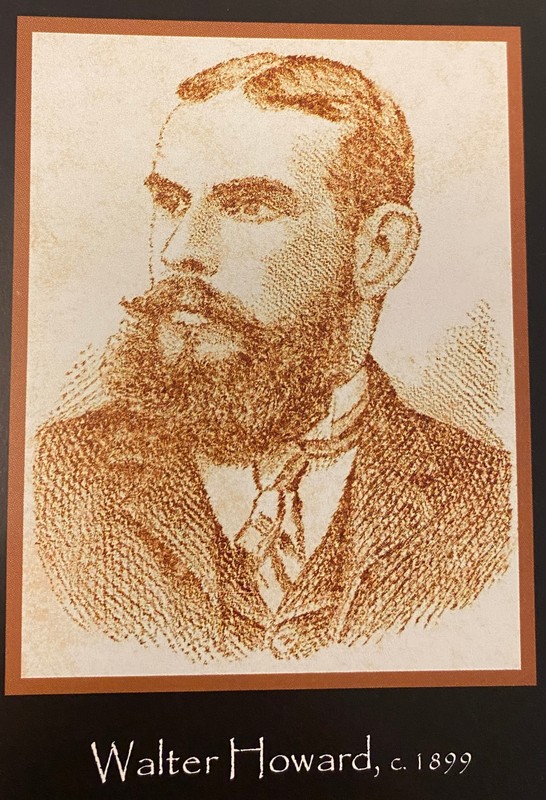
Margaret and Walter Howard on one of their many journeys to Asia.
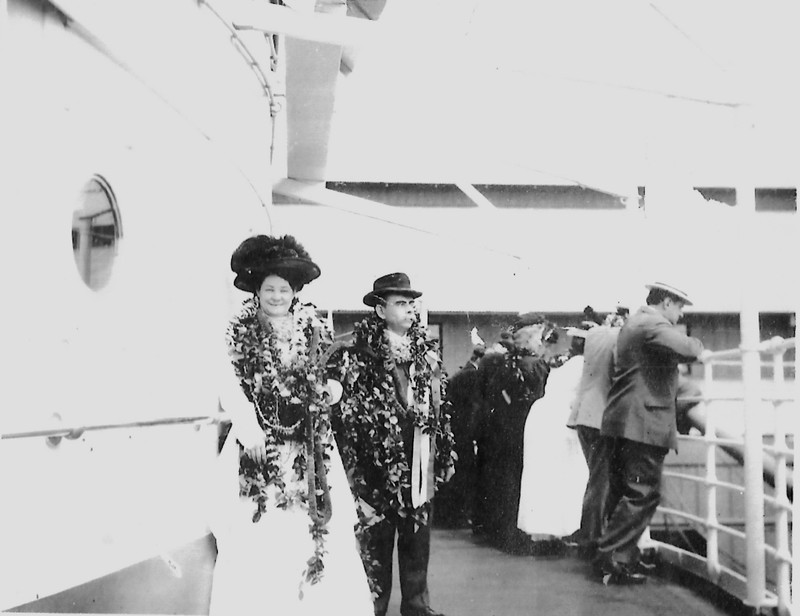
The Howard's Home in Hawaii
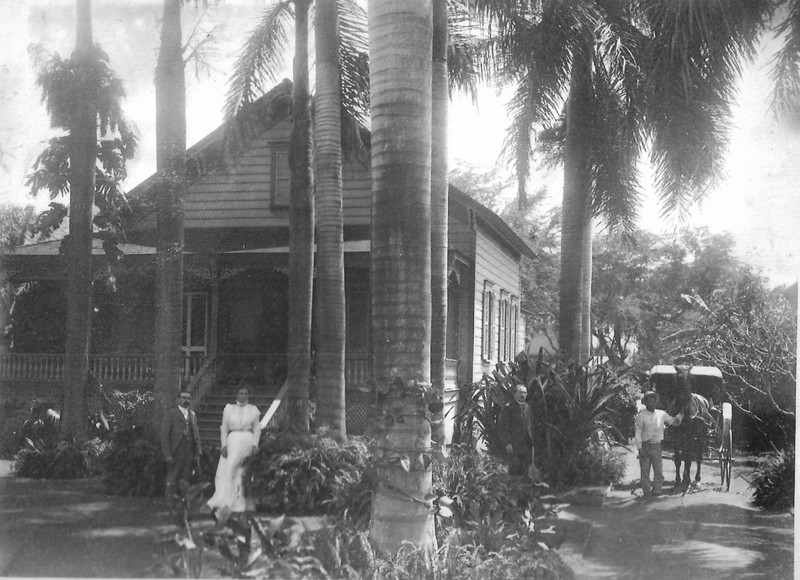
The Long Beach home and Asian Art store at Ocean and Magnolia.
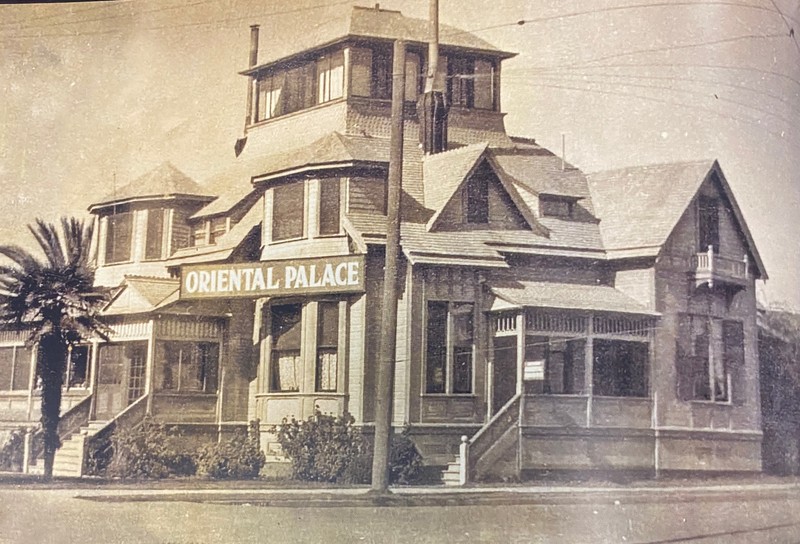
The Howards celebrate Walter's 60th birthday.
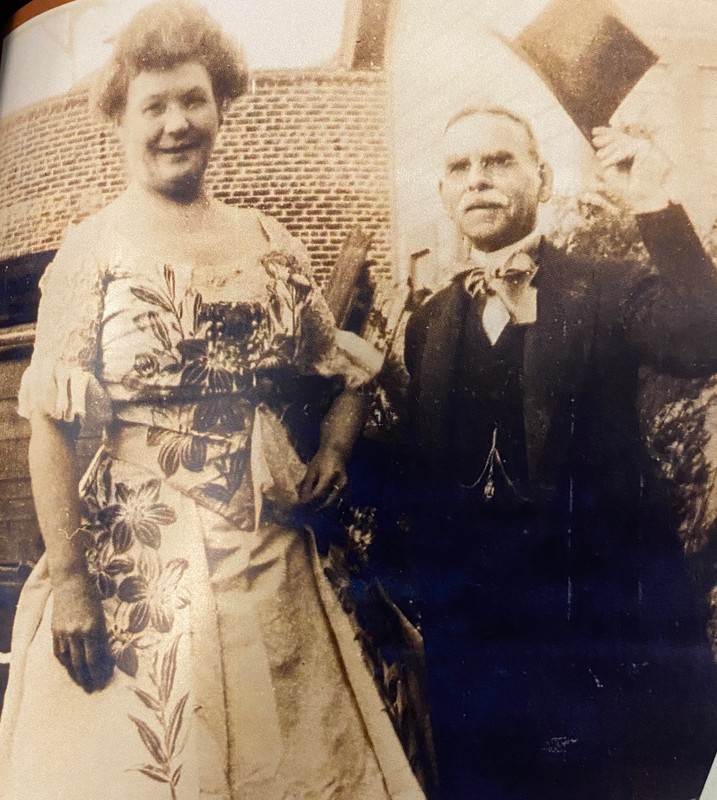
One of many dinner parties at the Howard home in Long Beach.
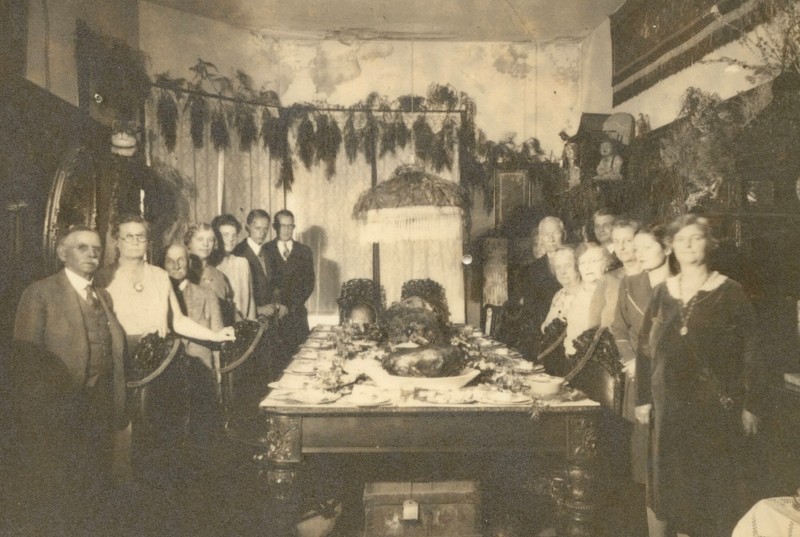
Walter lived to be 77 and Margaret 82. Extensive travel kept them young at heart.
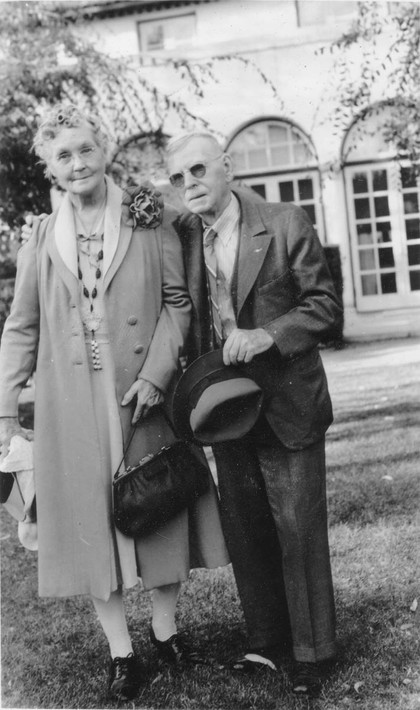
Mrs. Loraine Miller Collins interviewed Henry Harold Hare, the nephew of the Howards.
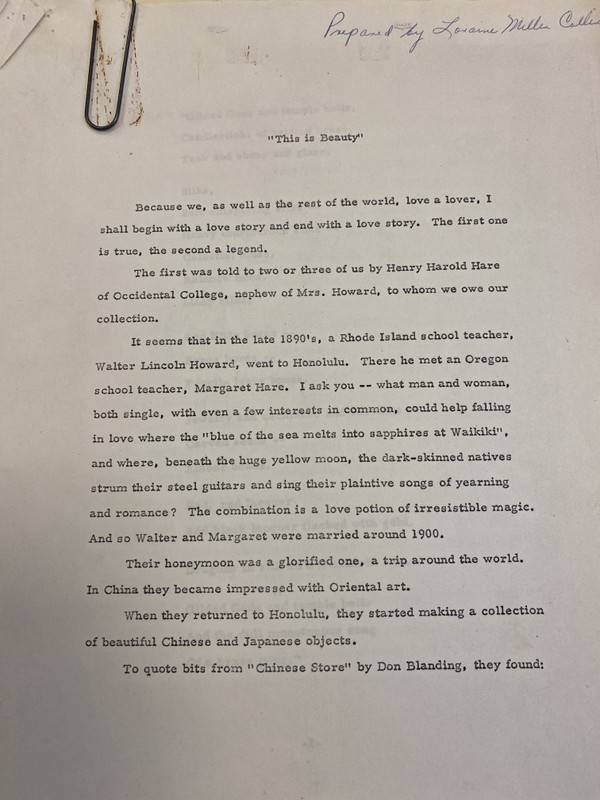
Backstory and Context
Text-to-speech Audio
Margaret Negley Hare was born in Pennsylvania in 1866 to Thomas Horton and Agnes Johnson Hare. The family resided in Hamilton, Missouri, where her father was a photographer of some standing. At age eighteen “Maggie” married but was soon widowed. She married a second time, but that marriage ended in divorce. Around this time, she traveled to Marshall, Oregon, where she taught school. After fifteen years she decided to go to Hawaii. The reason for this adventurous decision is unknown. But travel she did—a single Victorian woman on a steamship to Hawaii. In 1899, Margaret, then thirty-three, married Walter Howard in the Central Union Church in Honolulu, Hawaii. “The church was tastefully dressed in holiday attire, and the bride was a queenly figure in a trailing robe of yellow brocaded silk with a bouquet of roses,” according to the local newspaper. The guests included the leading families of Honolulu. Following the wedding, the couple drove to Walter’s home, formerly known as the Rome Cottage at 1071 Beretania Street. They took a glorified honeymoon—a three-month trip around the world. While visiting China, Japan and Korea, their lifelong interest in Asian art was awakened...
Walter Lincoln Howard was born in Rhode Island on Valentine’s Day, 1863, to George Washington Adams Howard and Frances Borden. He attended country schools until he was fifteen and then went to work in his father’s sawmill. When his younger brother was old enough to take his place, Walter borrowed money to attend a teacher preparatory school. He graduated with honors and was immediately made principal of a local elementary school. He remained there until his debts were paid and he was accepted at Brown University in Rhode Island. About this time, he contracted diphtheria and realized that for his health a milder climate was necessary. This led him to Eastman College in the state of Washington where he again excelled academically. After graduation he became principal of the Olympia Collegiate Institute. Unfortunately, the damp climate of Washington did not improve his health. In 1890 he moved to Honolulu, Hawaii. Soon he was employed by the plantation agents Castle & Cooke. He advanced quickly in the business and received five promotions in the first two and a half years. His nights were spent working as a bookkeeper at Oahu College. Walter had some interesting advice on how to succeed in business— “Have good penmanship and knowledge of typing and stenography...”
The couple had no children of their own but legally adopted Chan Fa and Lan Qan. Margaret’s nephew Henry Harold Hare also grew up in their home. These children were not forgotten and shared equally in the future estate. Margaret was an active member of society, working as a life member of the Hawaiian Mission Children’s Society and as a member of the Eastern Star. In 1910 passports were issued to the Howards, and they resumed traveling to Asia. The Howard Collection is a result of these voyages. Walter and Margaret traveled to Hong Kong in 1911. According to an interview with her nephew, Henry Hare, they moved to California in 1912. Thereafter, Margaret made eight trips to Asia, during which she purchased collections of rare art objects. At this time, she opened a store in Long Beach, where she was listed as the sole proprietor. Clearly Margaret took her role as shop keeper and collector seriously. In 1915 she had a combination store and exhibit at the Pan Pacific International Exposition in San Francisco. She purchased several art displays from the Chinese government at the end of the fair...
Walter returned to Hawaii for two years with Margaret’s nephew Henry Hare. When he rejoined Margaret in Long Beach, they purchased the Jotham Bixby property on the corner of Ocean Boulevard and Magnolia Avenue. Margaret thought the place “needed a coat of paint, but that it is not uninteresting to let it remain as it is, showing to those who pass by that it is really a pioneer dwelling of Long Beach and proud, rather than ashamed, to be recognized as such.” Rooms of the house were filled with their remarkable collection of Asian art, one of the largest west of Chicago, and the house soon became a popular gathering place for students and Asian art enthusiasts...
Margaret closed the store in 1930 when her health began to fail, but she and Walter continued their interest in Asian culture. While Walter was not a collector, he was a serious student of Asian art. He and Margaret gave lavish Chinese dinner parties that were the talk of the town. Their guests were encouraged to wear Chinese robes and dine amidst the art collection that filled the Howard home...
After Walter’s death in 1940, it was clear Margaret wanted to keep the collection intact. In her will, she directed that the treasures “she has been so many years collecting, be so placed and preserved that they will be educational and give pleasure to persons interested in such matters..."
Cite This Entry
STW on behalf of Assistance League of Long Beach. "Margaret Howard." Clio: Your Guide to History. January 2, 2024. Accessed March 30, 2025. https://theclio.com/entry/171765/tour/1
Sources
Jackson, Jane and Kathy DeSilva. A History of the Howard Collection. Historical Documents from Bill Hare. Legal Interpretations by Harriet Golding. Howard Family History by Thomas Palmer. Book Design by Kathryn Wade. Collection Photography by William Wade. Publishedby My 2015.
"Interview of Henry Harold Hare" by Loraine Miller Collins. Primary source, typed document.
A History of the Howard Collection
A History of the Howard Collection
A History of the Howard Collection
A History of the Howard Collection
A History of the Howard Collection
A History of the Howard Collection
A History of the Howard Collection
A History of the Howard Collection
A History of the Howard Collection
Loraine Miller "This is Beauty"

